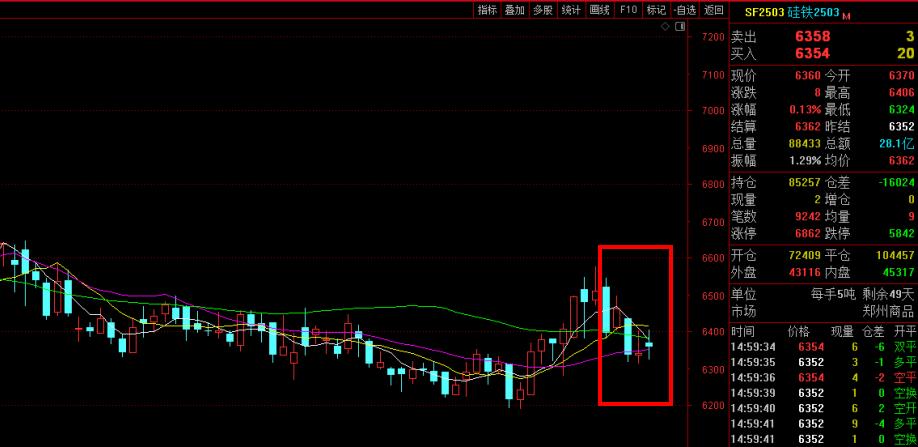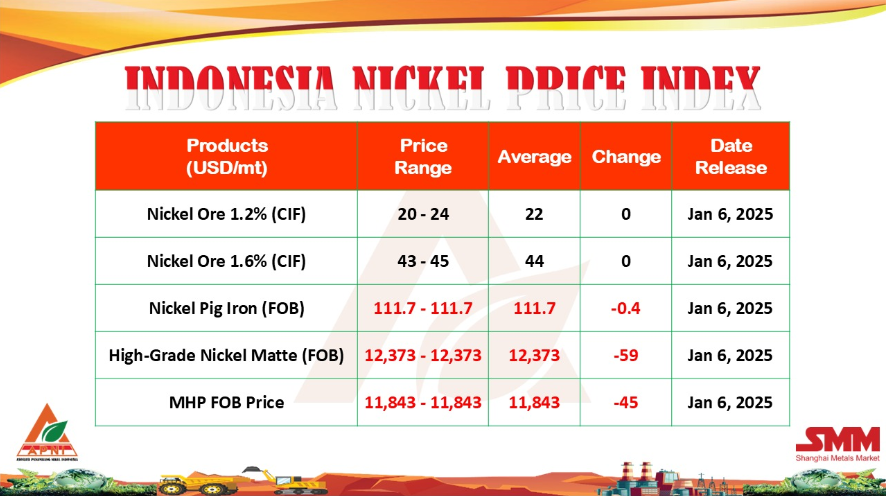[Ferro-Alloys.com]Scientists at Rice University have discovered that an atom-thick material being considered for use in flexible electronics and next-generation optical devices is more brittle than they expected.
The Rice team, led by materials scientist Jun Lou, tested the tensile strength of two-dimensional (2D), semiconducting molybdenum diselenide and discovered that flaws as small as one missing atom can initiate catastrophic cracking under strain. The team reports its finding in a paper in Advanced Materials.
This finding may cause industry to look more carefully at the properties of 2D materials before incorporating them in new technologies. "It turns out not all 2D crystals are equal," said Lou, a professor of materials science and nanoengineering. "Graphene is a lot more robust compared with some of the others we're dealing with right now, like this molybdenum diselenide. We think it has something to do with defects inherent to these materials."
The defects could be as small as a single atom that leaves a vacancy in the crystalline structure. "It's very hard to detect them," he said. "Even if a cluster of vacancies makes a bigger hole, it's difficult to find using any technique. It might be possible to see them with a transmission electron microscope, but that would be so labor-intensive that it wouldn't be useful."
Molybdenum diselenide is a dichalcogenide, a 2D semiconducting material that appears as a graphene-like hexagonal array from above but is actually a molecular sandwich comprising a layer of metallic atoms between two layers of chalcogen atoms, in this case selenium. Molybdenum diselenide is being considered for use in next-generation transistors and solar cells, as well as in photodetectors, catalysts, and electronic and optical devices.
Lou and colleagues measured the material's elastic modulus, the amount of stretching a material can handle and still return to its initial state, at 177.2 (plus or minus 9.3) gigapascals. Graphene is more than five times as elastic. They attributed this large difference in the materials’ elasticity to pre-existing flaws of between 3.6nm and 77.5nm in the molybdenum diselenide.
The team also measured the fracture strength of molybdenum diselenide, meaning the amount of stretching it can handle before breaking, at 4.8 (plus or minus 2.9) gigapascals. Graphene’s fracture strength is nearly 25 times greater.
In order to make these measurements, the team first needed to move molybdenum diselenide from a growth chamber in a chemical vapor deposition furnace to a microscope without introducing more defects. Rice postdoctoral researcher Yingchao Yang managed to do this by using a dry transfer process in place of standard acid washing, which would have ruined the samples.
To conduct the tests, Yang placed rectangles of molybdenum diselenide onto a sensitive electron microscope platform developed by the Lou group. Natural van der Waals forces held the samples in place on springy cantilever arms that measured the applied stress.
Lou explained that the group also attempted to measure the material's fracture toughness, an indicator of how likely cracks are to propagate, as they had in an earlier study on graphene. But they found that pre-cutting cracks into molybdenum diselenide resulted in it shattering before stress could be applied.
"The important message of this work is the brittle nature of these materials," Lou said. "A lot of people are thinking about using 2D crystals because they're inherently thin. They're thinking about flexible electronics because they are semiconductors and their theoretical elastic strength should be very high. According to our calculations, they can be stretched up to 10%.
"But in reality, because of the inherent defects, you rarely can achieve that much strength. The samples we have tested so far broke at 2–3% (of the theoretical maximum) at most. That should still be fine for most flexible applications, but unless they find a way to quench the defects, it will be very hard to achieve the theoretical limits."
- [Editor:Jiang Li Juan ]



 Save
Save Print
Print Daily News
Daily News Research
Research Magazine
Magazine Company Database
Company Database Customized Database
Customized Database Conferences
Conferences Advertisement
Advertisement Trade
Trade














 Online inquiry
Online inquiry Contact
Contact

Tell Us What You Think